Recently I’ve got a question from someone following me on Instagram: “Why do you keep using pencils as your medium? Oils are so much more valuable!”. This made me think since I had little conversations here and there with other artists on this topic. I decided to make a blog post about it all and use it at the same time as an excuse to feature wonderful artists working in the graphite niche.
As always, let’s start with why. Why are oil paintings in so many cases seen as more valuable than drawings?
- Materials used are more expensive.
I’m currently learning to paint so I know that cost of brushes, paints, solvents, and canvas or other supports can be quite an investment. In the case of selling original artwork materials are always one of the factors that determine the final price. As my upcoming guest, Martinez Canovas said “paper as final work support instead of wood or canvas does not help to give graphite the value it deserves.” The paper might give a feeling that these works should be cheaper than ones made on more sturdy surfaces like wood or canvas. We can also consider an aspect of longevity. Even though current methods can help to preserve both options well over a long period of time, paper, even if is protected behind the glass transmits a sensation of fragility. While wood panels for example give a sense of durability.
- Education
In art schools and ateliers, a pencil is the first tool that all beginners use. Its purpose is to prepare alumni for painting. Nicolas Menay, one of my today’s guests, directed my attention toward this. “Mastery (of oil painting) involves several processes. The first one is developing motor skills with pencil before taking the oil paintings.” I’ve realized that it’s exactly how it is approached in the atelier I’ve been attending to. The sharp point of the pencil serves as a teacher of accuracy, precision, patience. Stripped from the color it makes us think only about values and contrast. All necessary for excellent execution of a painting. “In certain contexts drawing is considered as an exercise, prior study, or as a part of the process to arrive at a final work,” Menay says.
- Echo of the past
In the past sketches and even more elaborate drawings were perceived as just a step in the creative artistic process, an element of pre-production and preparation for the final painting. They were mostly for the eyes of the artist only, his visual notes, like a draft for a novel. Up to the XVII century drawings were serving more utilitarian purposes, as a space to work on artistic ideas, search for composition, or figure out specific elements that might be troublesome while painting. In comparison to paintings, not many of those survived. There’s a story that Michelangelo was burning his sketches either because he didn’t want that the others discover his secrets or because of his famous temperament and perfectionism. Fortunately over time drawings were more and more appreciated and valued by collectors since they contain this freshness of an idea, explorations, and really thinking process behind the finished painting.
Now, I asked myself and a couple of other artists this question: If you were an advocate and had to defend drawings and argue that they are not less valuable than paintings, what arguments you’d use?
I think that in the end, what people connect mostly with is not necessary the medium in which a piece was executed but the artwork itself. It can be due to purely aesthetical impression, use of color, or overall atmosphere. I for example also tend to admire excellent draftsmanship, skillfulness of execution. Maybe because as an artist myself I know how much time, patience, and dedication it all requires. I can admire a beautifully done contour drawing where each line tells a story. One describing a full form of a breast will speak differently than one falling off a bent elbow. As Anthony Rider wonderfully described in his book “The artist’s complete guide to figure drawing” – “Line and shape are inherently beautiful, and when the contour is sensitively handled it can stand alone, like a violin solo, or an individual human voice singing a beautiful melody. A fully developed drawing, in which contour and shading are combined is like a concerto for solo violin and orchestra or an aria for soprano and accompaniment”. I just couldn’t say it all better
On the other hand, sometimes it’s not about execution or the level of skills of an artist, but about what the artwork tells us. Does it transmit a particular feeling? Evokes an emotion? Or maybe it’s the storytelling behind that drives us in? So many times I’ve realized that maybe the artwork I’m looking at is not a masterpiece of draftsmanship but the concept and my interpretation of it was what connected me to it deeply.
So many emotions can be “encoded” in an artwork and the viewer is the one to unlock and release those that resonate with him/her. The trigger can be something different for each individual. Maybe overall atmosphere, the palette of colors, or the way that the artist handles the tool expressing strokes more loosely or rather precisely, with a lot of careful details. Maybe it’s a movement, gesture of a pose, this inner flow that runs through all the piece taking eyes for a journey. For me, it’s often this strong narrative aspect that makes me wonder about the story behind.
*
Today I’d like to light a spotlight on beautiful graphite works from artists I admire. I want to show that the medium really doesn’t matter. Those artists elevated their drawings to the point that they became art on their own means. Nothing to envy to oils! Both techniques require a lot of time to develop, patience and devotion. Each of them will share a few words about their works and why they choose graphite as their main medium. We will talk as well a bit about materials as we artists like to geek out on finding “the one” paper or these “perfect” pencils.
I will start first
It’s a tool that became the most familiar to me. A pencil was my companion since the very beginning of this journey. It was a witness of my first shaking lines and messy tones and bad drawings. It grew with me and watched my transformation. I like to think that with time it really became like a magic wand that I’ve always wanted to have since childhood. It’s my magic maker tool. I guess that we all start from pencils, either colored or graphite. It’s the most accessible tool, simple. You don’t need anything else apart from a piece of paper (or walls in some cases?) to begin the journey.
During my search for education and atelier/academy teaching methods that felt “right” to me, I went through phases of different tools (each place had different materials requirements). I studied the form with Conte crayons and charcoal sticks for a long time yet I’ve never fully adapted, it didn’t give me pleasure, rather frustration. I guess that we all have certain tendencies, sensibilities, both aesthetical and simply mechanical. Some people like and enjoy less controlled, broad strokes of charcoal and the way it behaves on paper. And although it was nice to experiment with something different, I was always inclined towards more precise tools and smoother surfaces and fighting against that just didn’t feel right. Coming back to the regular graphite pencils in Atelier Madrid was like a sigh of relief. There’s something so soothing in the way that pencil works on paper. I knew that it was my tool, something I connect to. I love that it can be soft and sharp at the same time. Daily practice is constantly making me learn its language better and better. It’s amazing how many opportunities are hidden in such a simple tool and I’m looking forward to keep discovering everything it has to offer.
My favorite materials currently:
Staedtler Mars Luminograph pencils sharpened with cutter and sanded with fine sandpaper
kneated eraser and Tombow Mono Zero eraser which I like to cut to sharper point or sand down
Katy Harrald
My name is Katy Harrald and I am a pencil artist and illustrator based on the South Coast in Dorset, England.
I started, like most artists, drawing for hours upon end as a child; and was very much encouraged to continue by my parents. I completed my degree in Illustration in 2014, and whilst studying, I took my work back to pencil drawing to learn tone and contrast, and I never really moved on from it. I thought I would return to color, but I became entranced by the simple effectiveness of black and white.
The beauty I find in monochromatic imagery is its ability to transcend time and audience. A black and white pencil drawing will be as relatable in one hundred years as it is months after its creation.
Pencils are the simplest artistic tool but have the ability to capture the most detail and beautiful soft tones that lend themselves well to almost any subject.
Since graduating, I have produced work for magazines, books, exhibitions, and private collections. I create work reflecting the natural world in all its beauty, complexity, atmosphere, and intricacies.
I would like to see my work as the convergence of the natural world with drama and romanticism.
My tools of the trade right now: Pencils: Caran Dache, Grafwood Collection in 4H-9B and Faber Castell, Clutch Pencils Sharpened with knife and sandpaper.
Paper: Daler Rowney Bristol Board Airbrush in A4, A3 and GF Smith, Naturalis Absolute White 250gsm, A1
Misc: Tombow Mono Zero Eraser and Winsor & Newton Fixative
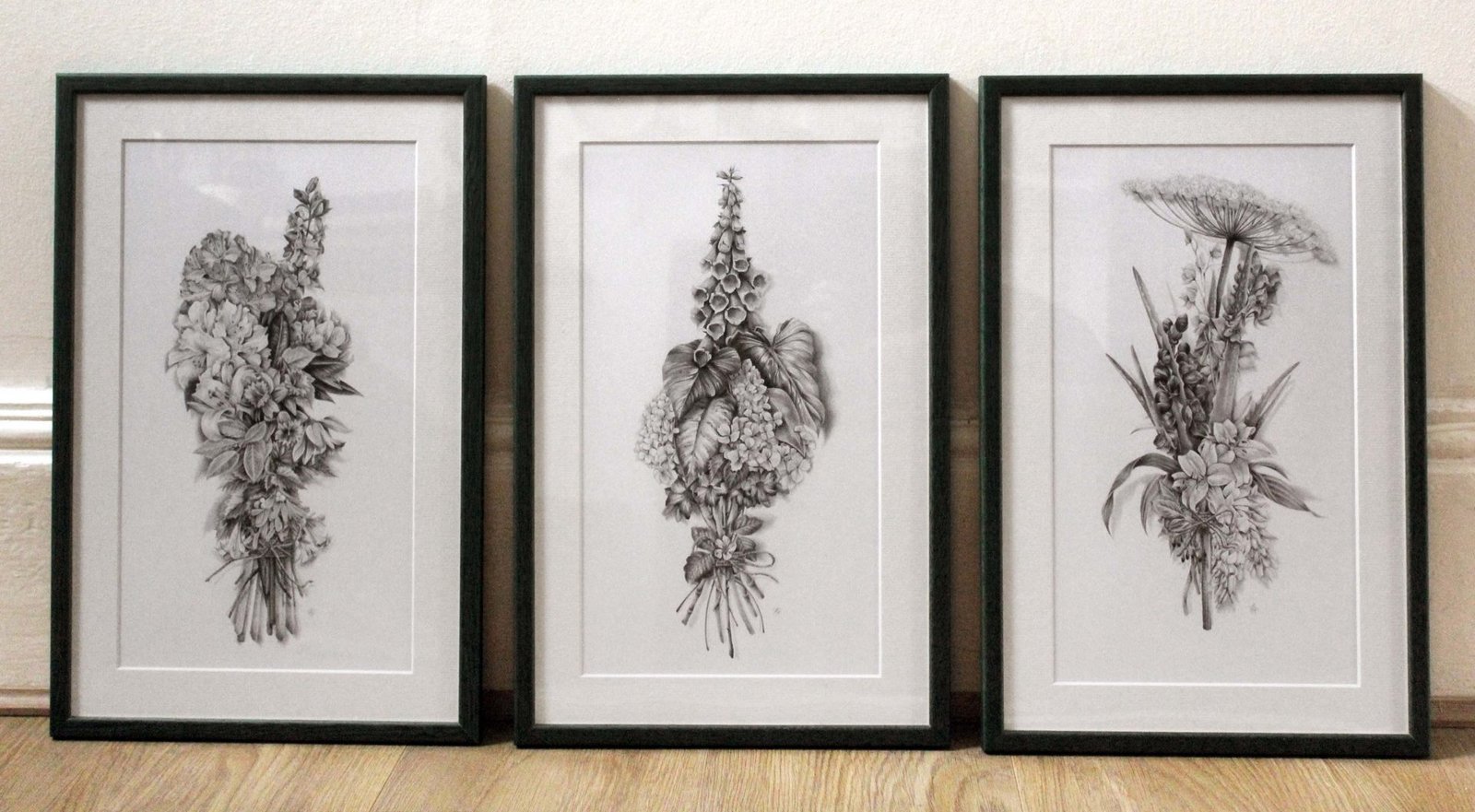
Marta: Do you think that oil paintings are seen as more valuable than drawing?
Katy: From the perspective of a female working in England, in short… yes. They are exceptionally undervalued by artists, tutors, tv presenters, and galleries. Pencil artworks are seen as ‘unfinished’, ‘unrefined’, and ‘basic’. I think to understand why this is, we have to look at the way art is taught in schools. Lessons are started with pencil studies, and painted over, or transferred into a different medium. It’s hard to shake the impression that pencil can be anything other than the foundation for another artistic medium. I personally think this is incredibly sad, given the importance it has played in art history; the immense talent, and effort of so many great graphite artists worldwide; and the wonderful imagery it produces. This isn’t to say that there aren’t those that see pencil for its incredible beauty and potential. I am fortunate enough to work with wonderful artists, galleries, and creative directors… but it’s just about the time the entire art world truly embraces pencils for what they are… legitimate artistic tools.
You can find more about Katy here:
Website: www.katyharrald.com
Instagram: https://www.instagram.com/katyharrald/
Twitter: https://twitter.com/KatyHarrald
Irene Martino
Working with graphite is a sort of meditation for me, when I started drawing I was actually terrified of regular pencils and I only used colored nibs. After a little bit, I tried again and I fell in love with the medium.
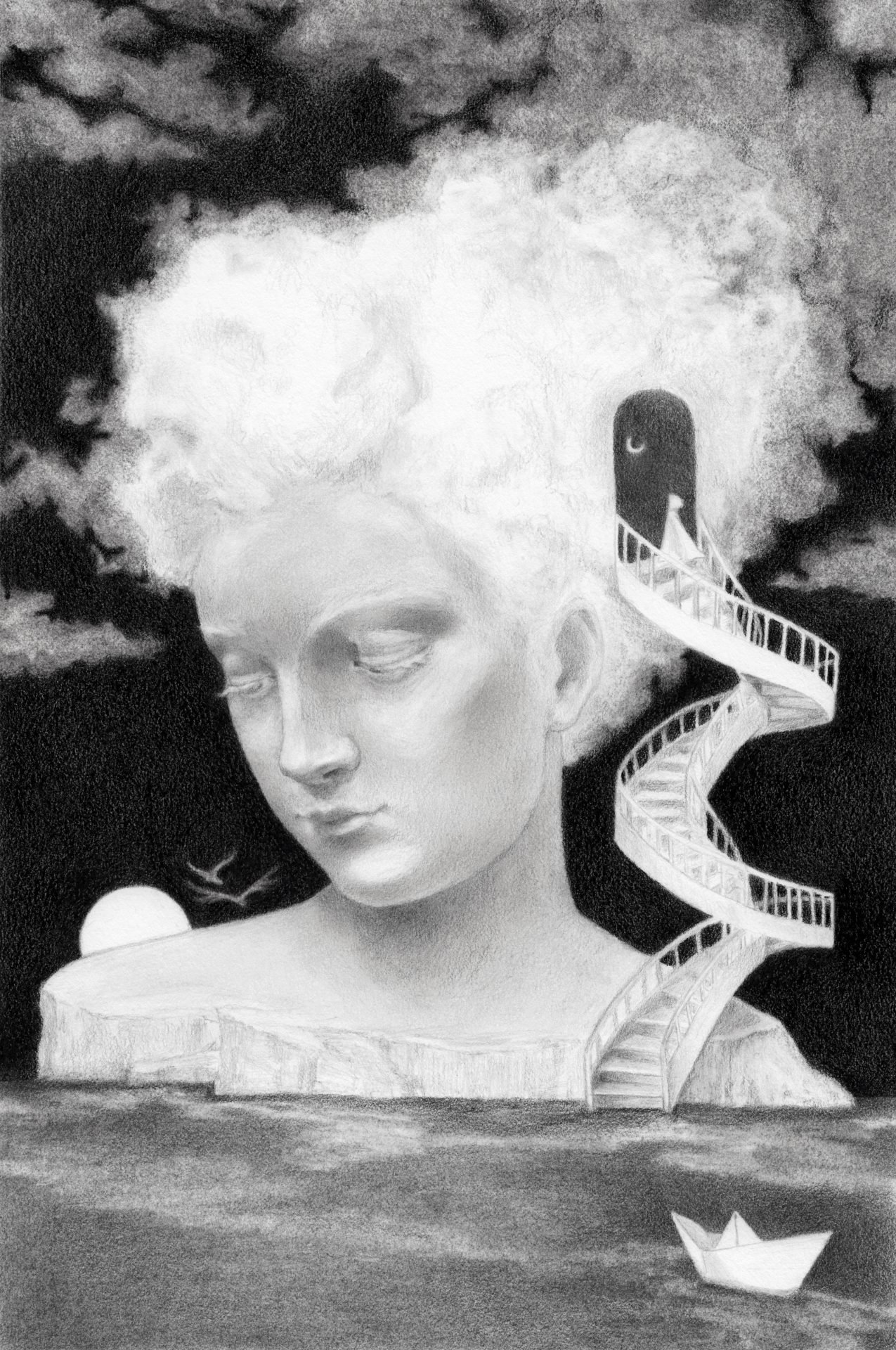
I approach almost every piece in a different way, to try new things and experiment but I always use Mars Lumograph pencils on Legion Stonehenge paper. I make a long point with a cutter and I smooth it out with extra fine sandpaper. I don’t like to use smoothing tools, I block the dark parts after I draw the main shapes and then I go from light to dark most of the time.
I don’t know why I choose graphite as my main medium but I know that’s a journey I’m enjoying and that it’s a beautiful learning experience. The sound of pencil on paper and the whole process is simply captivating to me. Focusing on the contrast between darkness and light it’s probably what captured me in the first place.
You can find more about Ire here:
Instagram link : https://www.instagram.com/ire.ma/?hl=it
website: https://irenermartino.myportfolio.com/work
Nicolas Menay
I was born in 1992 (Viña del Mar, Chile) and I consider drawing as a part of my identity. I studied the oil to glaze technique with the artist Gisela Verdessi, from 2011 to 2015 approximately and in a particular way. I also have a Bachelor of Art from PUCV, from where I graduated in 2018.
I work in the discipline of drawing as an end in itself. I apply the principle of veil or glaze only using graphite (mechanical pencil) on paper, where occasionally I add some detail in acrylic or colored pencils. I don’t use any kind of smudger.
This principle comes from the forgotten technique of oil to glaze, whose mastery involves several processes, the first one is developing motor skills on pencil before taking the oil paintings, an aspect that caught my attention at that time. This technique consists of applying thin transparent layers from the material one over the other until obtaining the desired tone (or color in case of), that’s why it’s a slow process.
Initially, I thought about refining my oil technique, but due to the reduced space, I have to work with among other motifs, little by little I began to focus more on drawing. I was also fascinated by the idea of transferring a traditional painting concept to the field of drawing and graphite was the most accessible material I had to work with, discovering its ductility and complexity by working it layer by layer and, which I keep rediscovering and investigating until today. The idea of being able to solve an image, no matter how complex it may be, with the minimum of material
(graphite and paper) caught my attention.

The materials I use are:
Pentel 03 and 02 mechanical pencils, with HB, B, and 2B graphite leads.
I like papers with ivory tones, from brands like Strathmore Drawing (130 gr), Fabriano Artístico (300 gr) and the Fabriano Studio Watercolor Hot Press (300 gr) and Fabriano Bristol (250 gr). I consider the last two to be the most useful since their surface is very smooth, they resist different types of materials and are similar to Moleskine notebooks´s paper. I have been able to find most of the materials in my city, Santiago or Chilean online stores, excepting the mechanical pencils 02 together with their refills.
Marta: Do you think that oil paintings are seen as more valuable than drawing?
Nicolas: It is likely that there is a devaluation of drawing compared to other artistic practices and I think that the main problem is that in certain contexts drawing is considered as an exercise, prior study or as part of the process to arrive at a final work (such as painting or graphics) or a functional image as an illustration, rather than as a discipline that is on par with others (the traditional calls by the academic world or those that come from the contemporary world) and that constitutes an end in itself and not a means to an end. This situation can be very complex, adding the fact that the images that surround us and therefore the works of art in general, also tend to look from that functional or illustrative filter, which is not a bad thing in itself, but it leaves room for prejudices or misunderstandings. It seems that there is always something to validate or prove.
Within my little experience so far, I have already found myself in the situation of having to explain or validate my own work from that perspective and that situation may have to be integrated until the work itself speaks for itself in the future. However, I think that at present there is a space or niche for everything that is intended to be created, we are not fighting against a tradition, but rather asserting our own work within a medium that is diverse and that is something that we can occupy in our favor. I think that drawing is a valid discipline and that it can be carried to the maximum without having a functional purpose or having to travel to another to be visible, which does not remove the fact that the artistic work itself can mutate, adapt to a medium or be linked with other disciplines
You can find more about Nicolas here:
Tumblr: Nicolasmenay.tumblr.com
Instagram: intagram.com/nicolas_menay
Facebook: facebook.com/nicolasmenayart
Shawn E. Russel
I’m an avid nature lover, so naturally my art centers around animals and other wildlife. Details in nature, in each creature’s design, function, and behavior are absolutely fascinating to me. When I would scuba dive I would often skim the reef with my face just inches away from corals and crevices in order to find the eels, cephalopods, crustaceans, and tiny nursery fish that often go overlooked by most snorkelers and divers.
As can be expected from my diving habits, I really enjoy adding layers of small details in my work. This is one of the main reasons I love mechanical pencils. I only use .3 and .2 lead widths in order to get the most control over fine details, and while I’m drawing I’ll also rotate my pencil every few minutes in order to give myself a fresh edge to ensure I have a higher potential for crafting those details purposefully. I have HB and B valuations in both lead sizes in order to control my edges better as well. Along the same lines, I don’t often use smudging tools as I don’t have as much control over the distribution of values. While it takes a longer investment of time to create my illustrations, the ability to have more control over each mark I make helps me to create a more satisfying illusion of depth and texture.
While a good portion of my work features creatures of the sea, I’ve also recently enjoyed combining predators with organisms that their prey would usually eat to sustain themselves. In one of my more recent pieces ‘Colonize’, a fox is symbiotically colonized by mushrooms, which is regularly eaten by its prey. Coincidentally, while foxes will also eat mushrooms, I love that I can root a non-sentient fungus with no physical agency of its own, on the back of an apex predator in its habitat.

A lot of my more recent work explores relationships between organisms in their local biomes. With my mushroom series in addition to flipping the predator-prey relationship around, I also love how I can play with time in order to display a hint of these relationships, as well as the natural decomposition process that fungus imposes on all forms of deceased life, including the fox. Even though the fox will eat mushrooms to nourish itself, at the end of its life, it’s own body will be recycled into the ‘gut’ of other funguses and create nutrients for other animals to eat. Another fun fact is that the visible mushroom caps of the fungus act as their reproductive organs which disperse spores into the air when an animal touches it to eat it. Much like the flower, or fruit in a plant, it uses the mushroom cap as a lure in order to entice more mobile animals in order to propagate itself.
Another more subtle, or even unconscious reason I always come back to mechanical pencils is that I love how putting each mark in slowly by hand is a way to appreciate and respect the craftsmanship and detail that exists in all of the creatures and organisms I depict in my illustrations. Every part of every living thing has an essential function to the life of that organism, and being able to use the smallest tool possible to capture as much detail as I can helps me feel connected to that truth”
I use a Pentel PP502 Orenz pencil for my .2, and a Pilot Airblanc, or an Alvin Draft/Matic for my .3 pencils. My Tombow Mono Zero Elastomer eraser is the best tool I’ve found to get the most precise removal in case I decide there’s too much graphite applied to my paper.
You can see my portfolio & purchase originals at www.shawnerussell.com, purchase prints and merch on my Etsy: https://www.etsy.com/shop/shawnerussellarts, and tag along with my art journey at @shawnerussell on Instagram, @shawnerussellrt on Twitter, and Shawn E Russell Arts on Facebook!
Martinez Canovas
I have always drawn as well as painted, it is true that depending on the time I am immersed in drawing and sometimes in oil.
Since the pandemic, I have only and exclusively been with graphite since for the aforementioned reasons I had to move part of the studio home and for space, I began to draw small formats, some very small. This has given reason to get to work with graphite at levels with which it had never worked, getting to sharpen the lead 0.5 of a mechanical pencil and make a complete drawing like that.
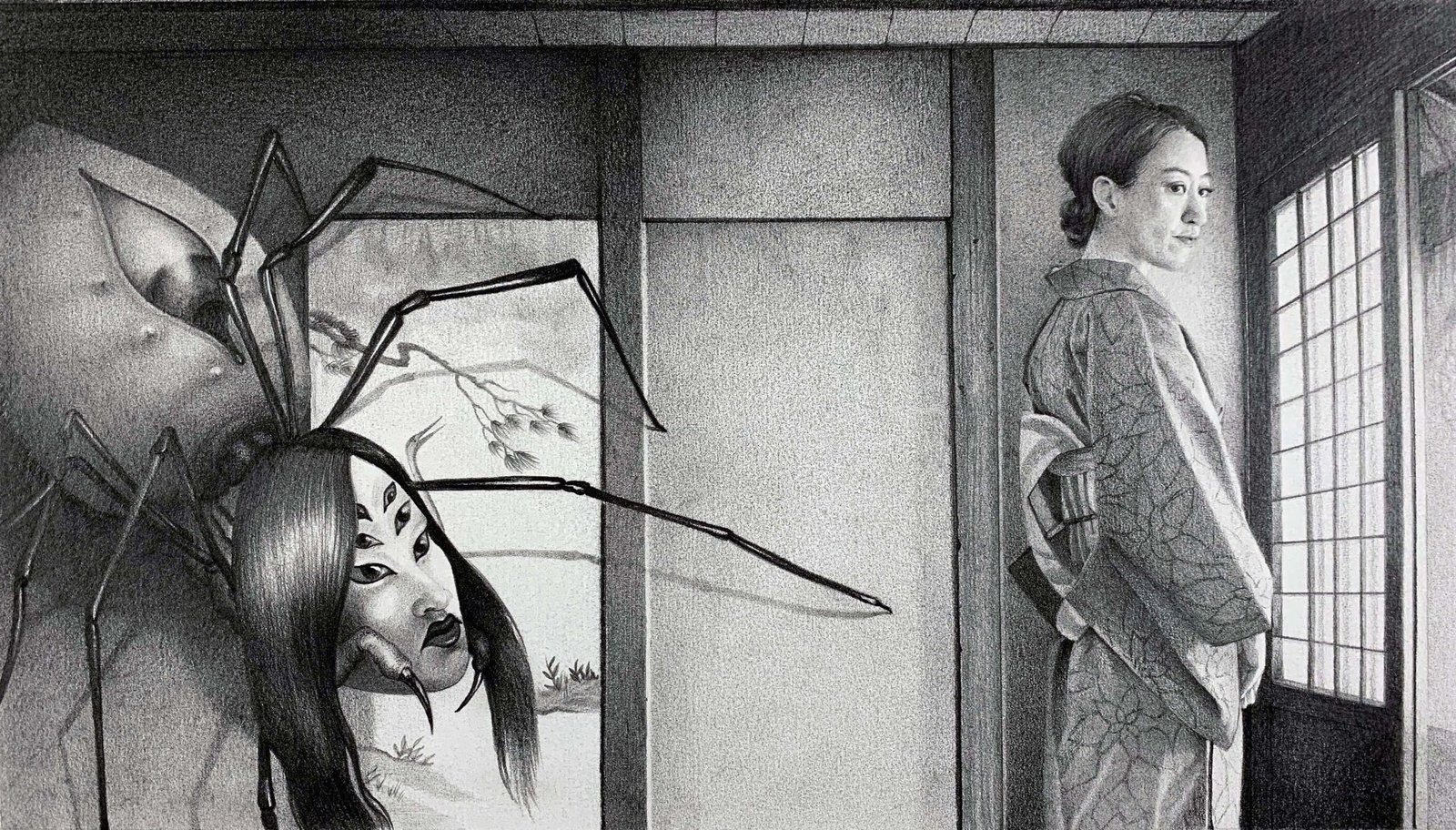
Now I feel very comfortable working on Arches 300 watercolor paper without roughness, it has a very fine grain that with the friction of the pencil leaves a very interesting finish and reminds me of an engraving.
The pencils I am working with are a 0.5 and a 0.7 mechanical pencil for small drawings and details. I also do not usually lack a 4H or a similar hardness and then an HB and 6B that are usually from the Faber Castell brand.
I don’t usually use blur in these drawings, but if I do and if the format allows it, I usually use a school blackboard eraser, as for example in the background of the Claudia’s close drawing.
Canovas: I believe that graphite has less public than oil, watercolor or acrylic, color in general. To this is added that the support is usually paper and as a whole if it is true that even though there is no rule, if I perceive a feeling that these works should be cheaper than those mentioned above. It could be, looking for a cause, that after so many centuries in which drawing has been used as a sketch prior to a definitive work, this is one of the reasons why it continues to be considered an undervalued discipline. As I mentioned earlier, paper as a final work support instead of wood or canvas does not help to give graphite the value it deserves. On one occasion I made an exhibition of graphite on large supports and stuccoed wood using the traditional method with rabbit glue and calcium sulfate. And the truth is that I perceived that by showing themselves in that way, people reacted better to when graphite is shown exposed and framed to the traditional method of paper and frame with glass.
You can find more about Canovas here:
Website: http://www.martinezcanovas.com/
Instagram: https://www.instagram.com/martinez.canovas/
Larah Kabbara
My name is Larah Kabbara, lm a middle eastern artist from Lebanon, in my work I tried many mediums but over time I found that graphite pencils are my favorite of them all!

Graphite pencils are great at control, I’ve always been a fan of little details and minuscule elements that require the strength of a well-sharpened pencil, no Other medium could give me that control and precision, pencils mean a lot to me because the shading process is very meditative and relaxing, and its a very forgiving medium that allows the artist to make mistakes and correct them!
I use alongside Lyra pencils, blending stumps and cotton balls for smudging, and for extra details and glow, a kneadable eraser! My preferable paper is Strathmore Mixed media
You can find more about Larah here:
Instagram: https://www.instagram.com/larahkabbara/
Or support her on Patreon!
Angelika Paszko
Why do I love working with pencils? I think what appeals to me the most is that graphite simply gives different depth compared to works made in colors. The ones made in grey tones of pencils speak to us something else than if the same subject were to be captured using a broader palette of colors. And of course, I’m not trying to say which is better or worse, rather that I just feel as if the former had more raw, so to speak, ability to express feelings, letting us focus more on what lies below the surface. And eventually makes the communication between the artist and the viewer somehow easier and brings it to another level.

For the tools I use: when it comes to papers I always choose those on the smoother side, where I can more easily work on the details. Though I’m still not sure I’ve found “the one” for me yet, I think it’s still out there somewhere, waiting to be discovered 😉
On the other hand, a different situation is with pencils, I can confidently say that my all-time favorites are the beautiful, heavenly-blue, Mars Lumographs, I’ve tried many and nothing really compares to them.
I do also like to use various blending tools in my works, for most of the time those are the following: blending stumps for the small details, for slightly bigger parts I’d use cotton buds, and finally for big areas simply folded pieces of toilet paper. But what I will never use is a finger- the worst feeling for me to touch drawing with a naked finger 😀
Where you can find more about me & my art:
Instagram: https://www.instagram.com/angiepaszko/
Website: https://www.angiepaszko.com/
YouTube: https://www.youtube.com/channel/UCbT6f2PjwR7HCrtZN8HXWqQ
Justyna Lewandowska
My name is Justyna. I’m working with graphite pencils for several years now, although my art journey started with digital mediums. At some point, I’ve came across Miles Johnston’s artworks on Instagram and decided to give pencils a go. I fell in love with that medium and all the possibilities it gives. One of my favorite things about working with graphite is that I can focus more on details and atmosphere. Drawing with pencils is like working with light and shadow and building shapes with them and that’s what I love the most. It’s a type of meditation for me, something that helps me to clear my mind.
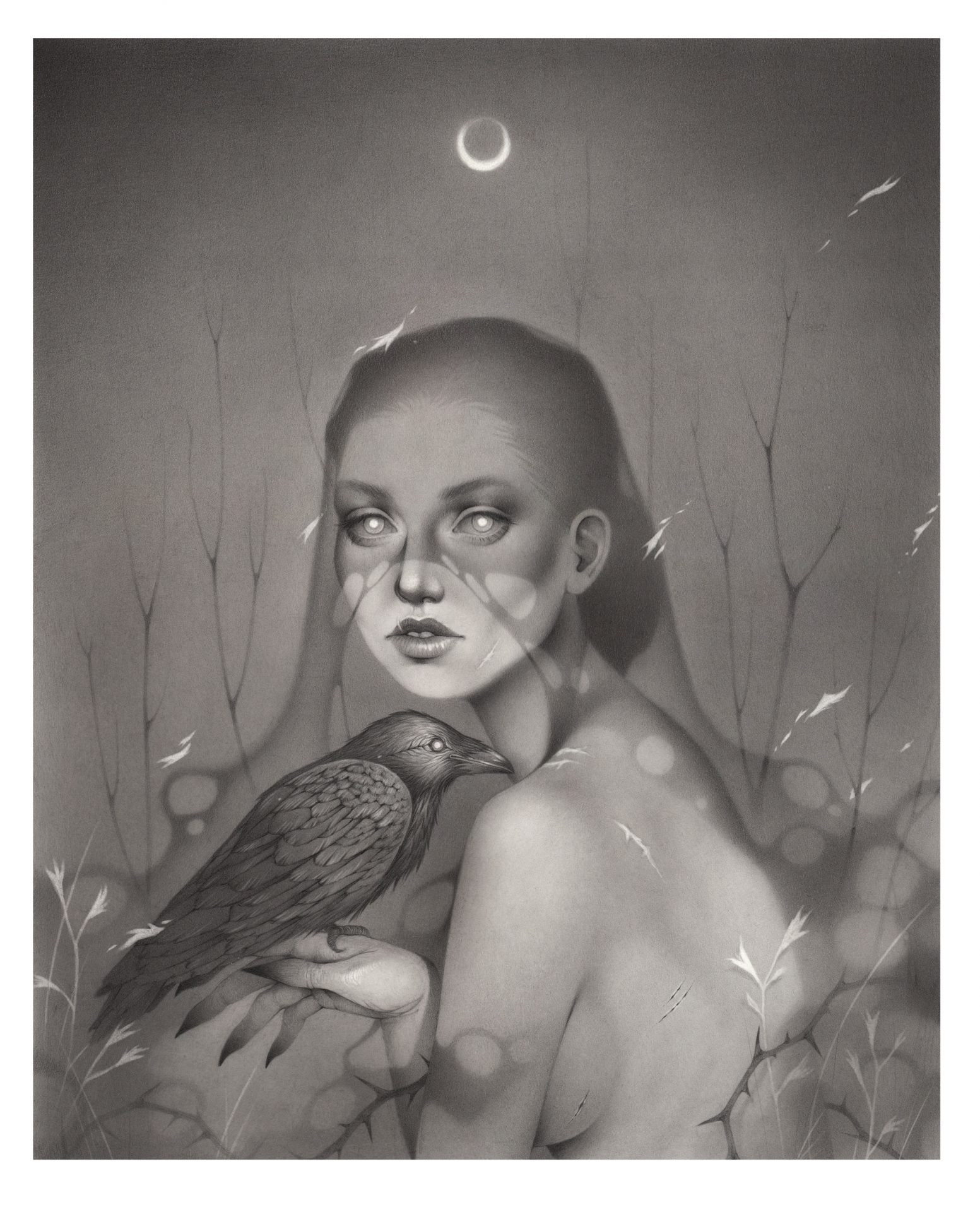
I’m using Mars Lumograph pencils from HB to B6, mechanical pencils with Pentel leads, Strathmore Bristol series 400, which is my favorite paper. It’s very smooth, durable and it’s a great paper for details and delicate gradients. I’m also using a piece of felt and a very dense brush when working on larger areas like backgrounds. All of my finished drawings are sprayed with a fixative.
I would love to think that pencil drawings are valued the same as oils. I understand that oil paintings are more archival and people are drawn to colors, but the amount of work, passion, and commitment are the same in both cases.
You can find more about Justyna here:
Instagram: https://www.instagram.com/jusabi_art/
Facebook: https://www.facebook.com/jusabiart
In this post, I am featuring amazing artworks done in graphite to show that those pieces can stand on their own and there’s no reason they should be valued less than any other medium. But I guess that the point that we all want to make here is that materials used for the creation of art really don’t matter. We are not trying to convince anyone what is better or worse but rather show, like my guest Irene beautifully summed all up, that the value of art isn’t the medium but the art itself.




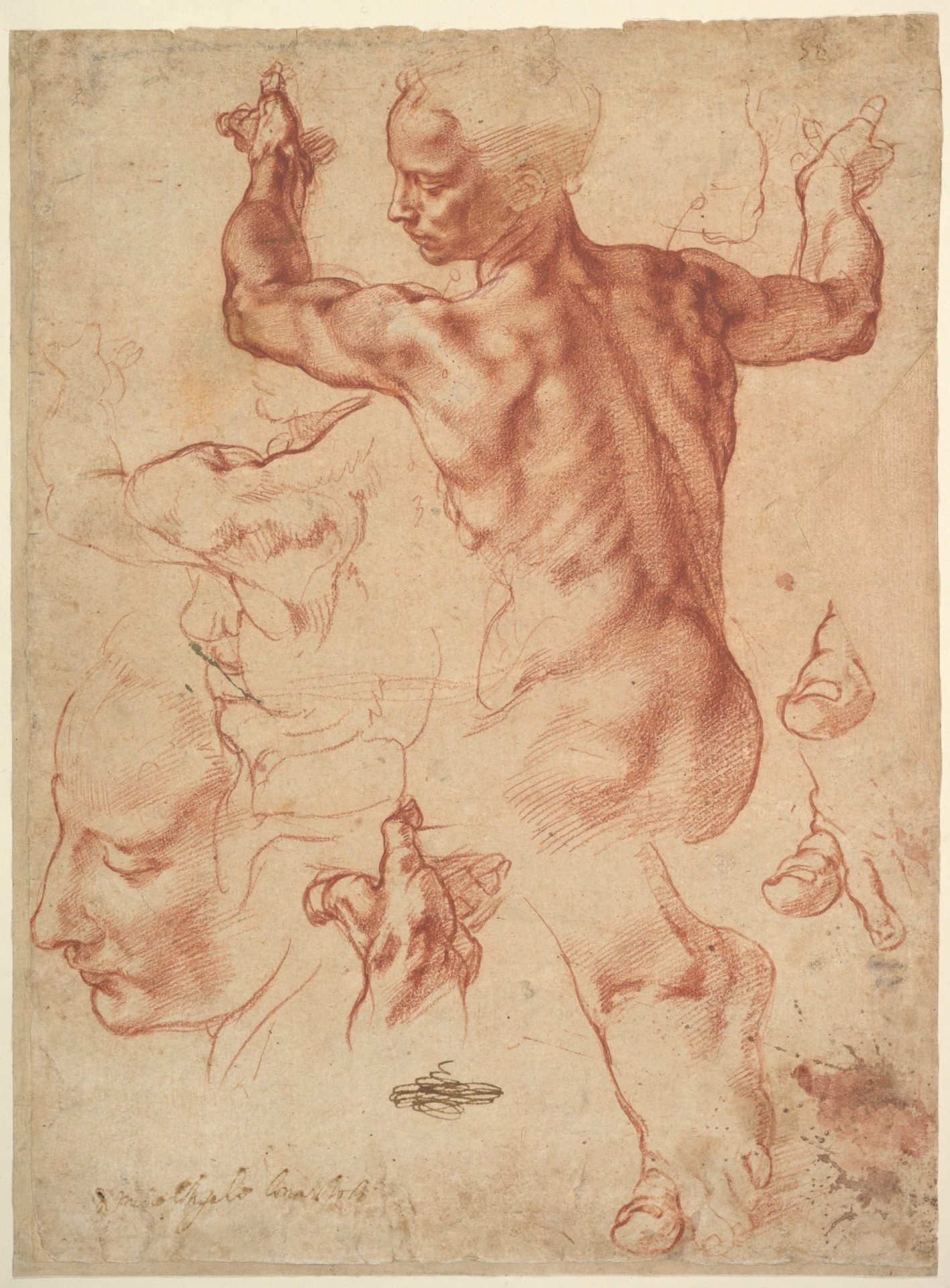

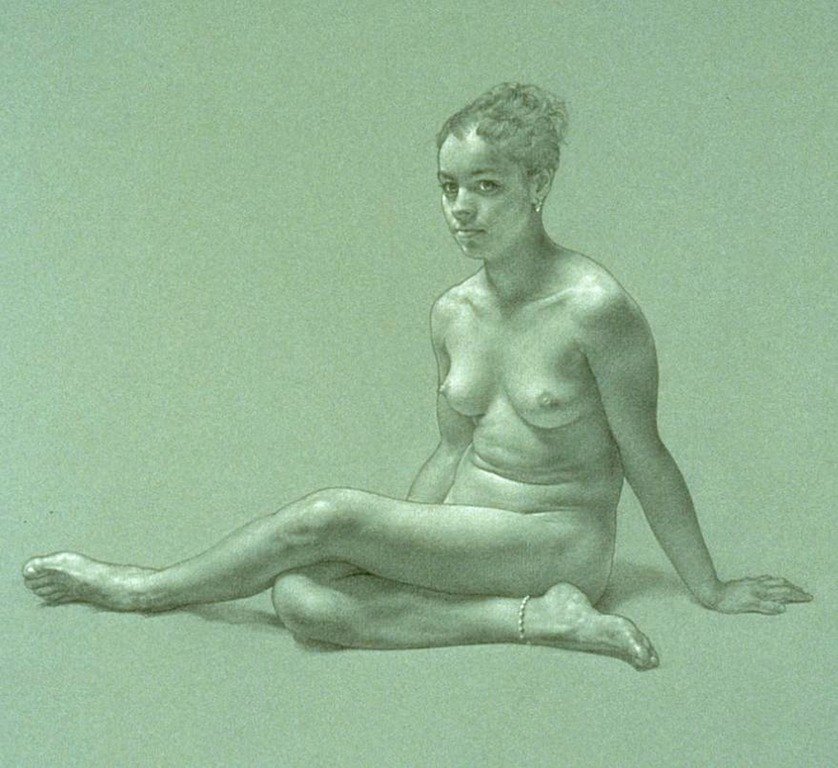
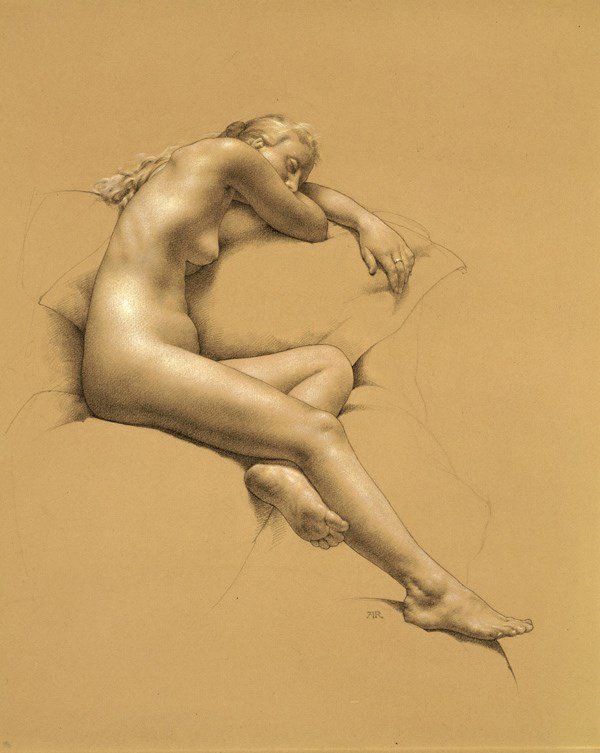
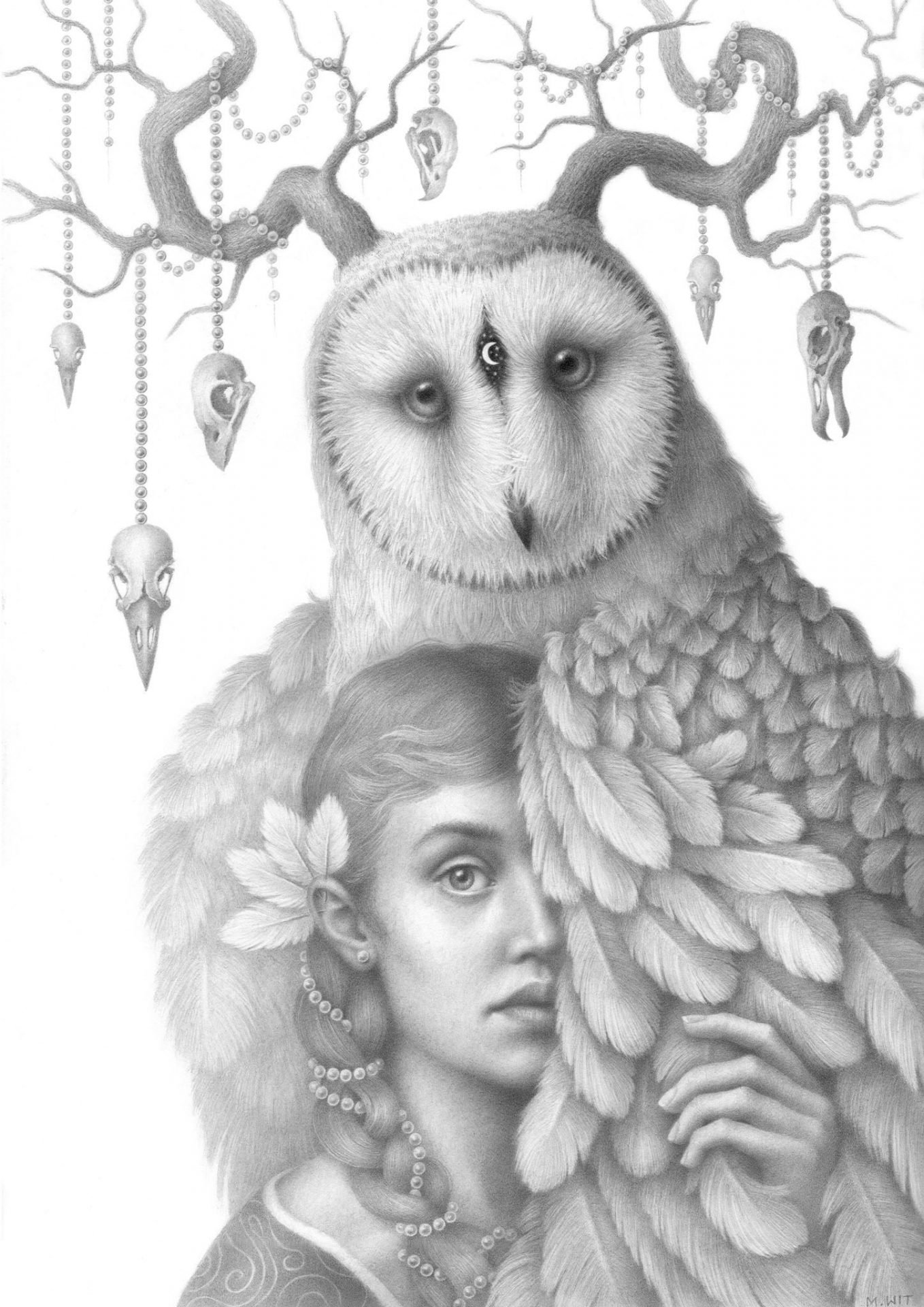


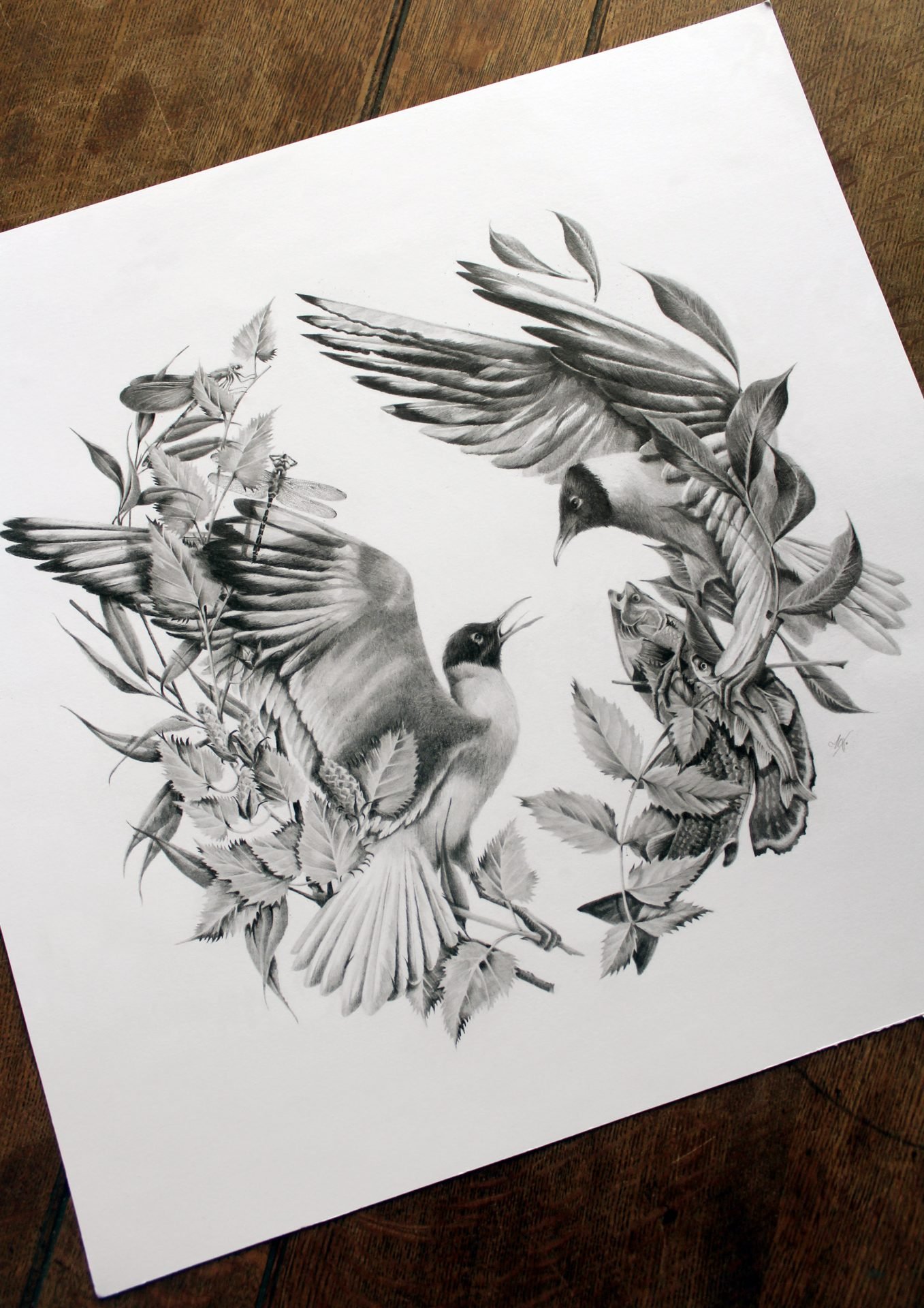









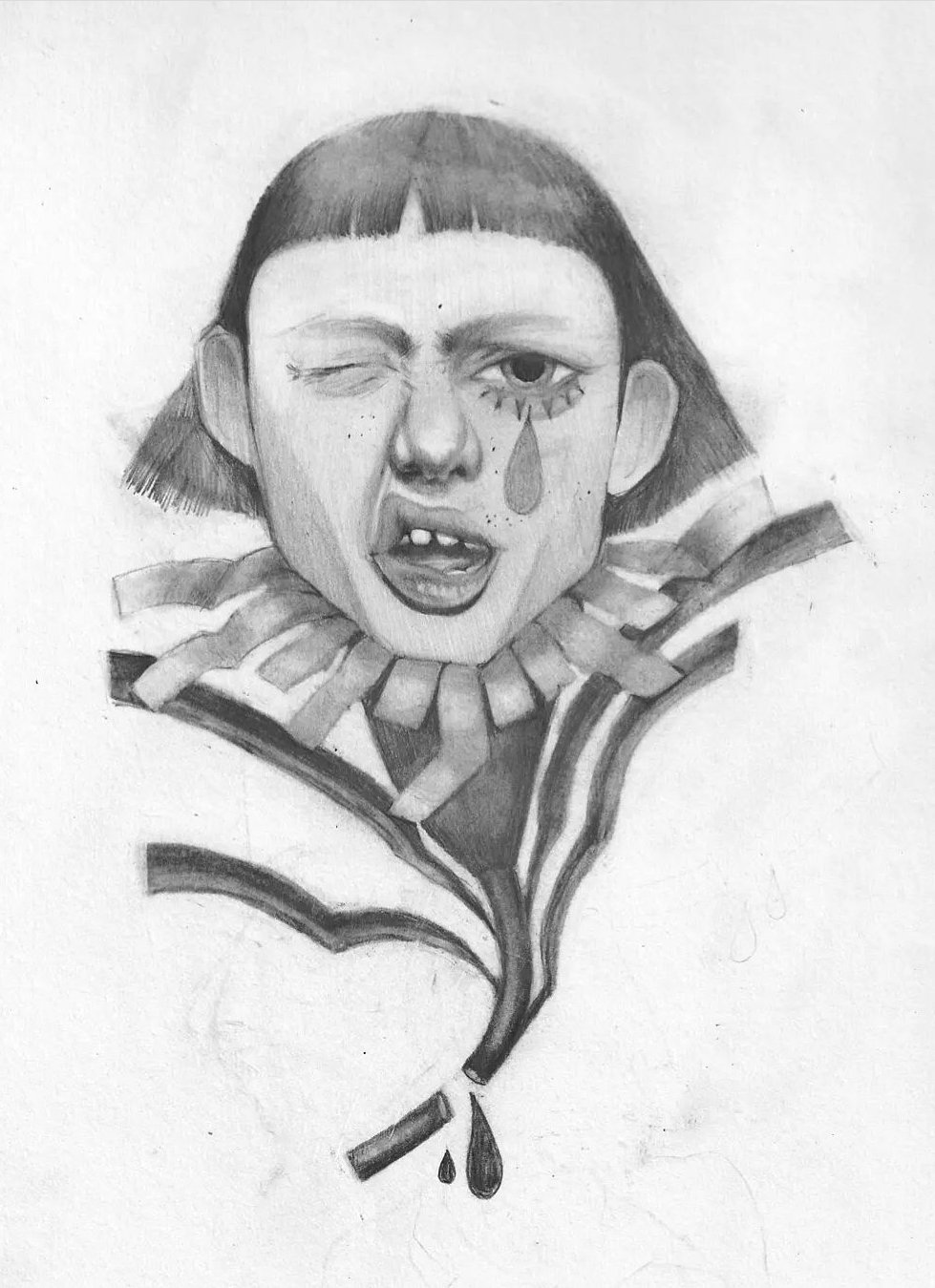


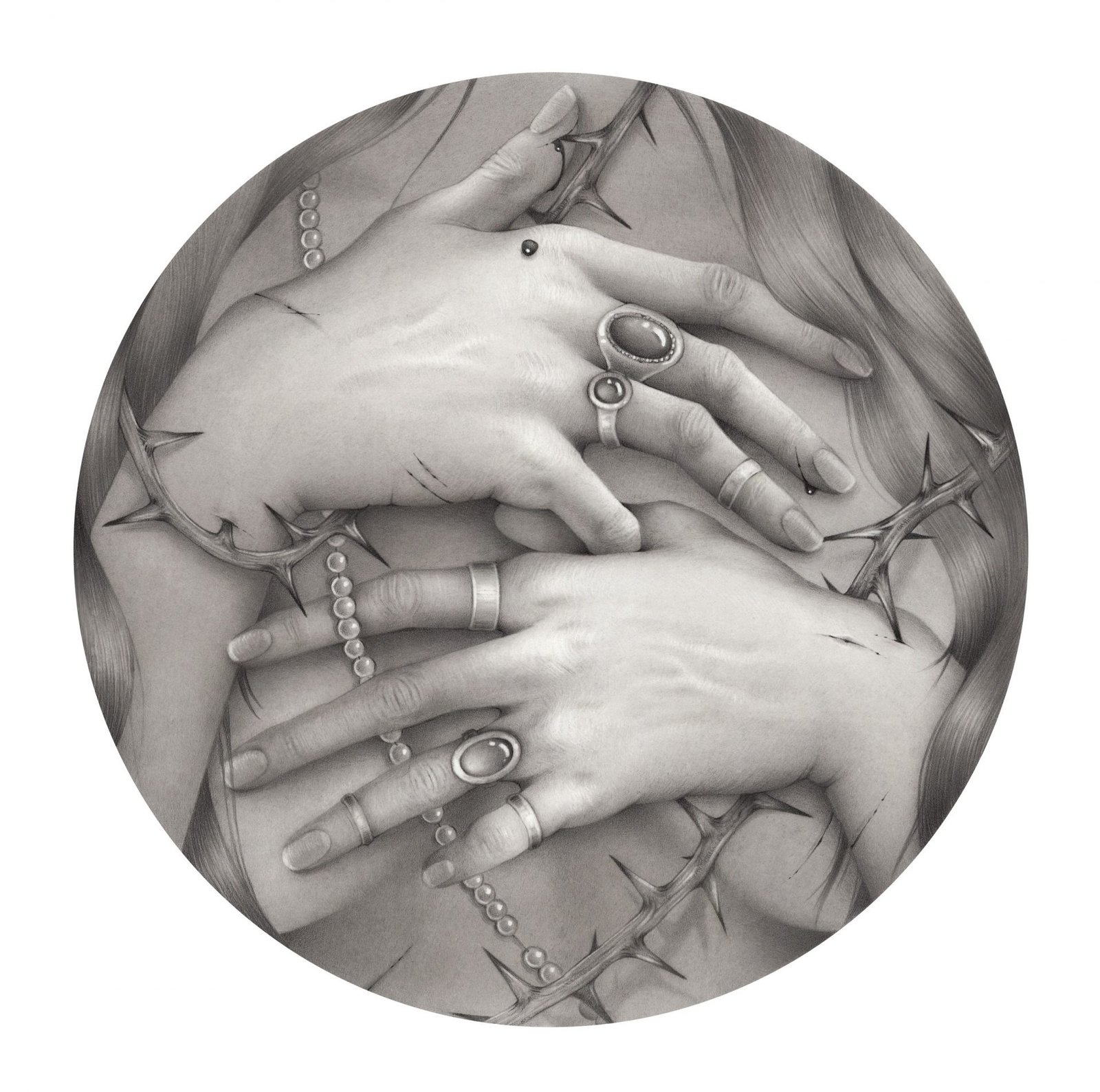


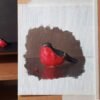




Great post.
Yes…. It is all about art and the artist not about the medium.
I love drawing with graphite pencils… 🙂